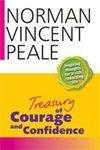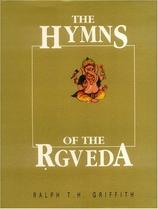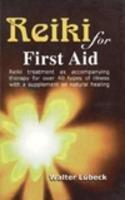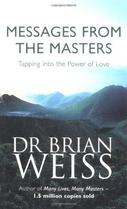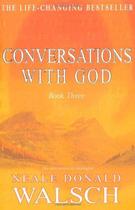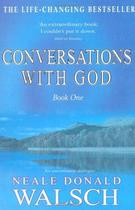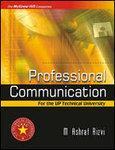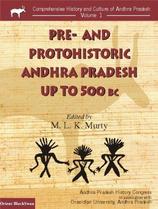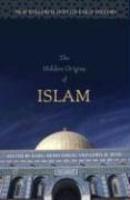 27.0%OFF
27.0%OFF

Download App
| >> | LShop | >> | Book | >> | Humanities | >> | Religion & Beliefs | >> | The Hidden Origins O... |
 27.0%OFF
27.0%OFF
The Hidden Origins of Islam: New Research into Its Early History
-
ISBN
:
9781591026341
-
Publisher
:
Prometheus Books
-
Subject
:
Religion & Beliefs, Literature: History & Criticism
-
Binding
:
HARDCOVER
-
Pages
:
405
-
Year
:
2009
₹
1899.0
 27.0% OFF
27.0% OFF
₹
1386.0
Buy Now
Shipping charges are applicable for books below Rs. 101.0
View DetailsEstimated Shipping Time : 5-7 Business Days
View Details-
Description
The standard histories of Muhammad and the early development of Islam are based onIslamic literature that dates to the ninth and tenth centuries - some two centuries or more after the death of Muhammad in 632. Islamic literary sources do not exist for the seventh and eighth centuries, when, according to tradition, Muhammad and his immediate followers lived. All that is preserved from this time period are a few commemorative building inscriptions and assorted coins. Based on the premise that reliable history can only be written on the basis of sources that are contemporary with the events described, the contributors to this in-depth investigation present research that reveals the obscure origins of Islam in a completely new light. As the authors meticulously show, the name 'Muhammad' first appears on coins in Syria bearing Christian iconography. In this context the name is used as an honorific meaning 'revered' or 'praiseworthy' and can only refer to Jesus Christ, as Christianity was the predominant religion of the area at this time. This same reference exists in the building inscription of the Dome of the Rock in Jerusalem, built by the caliph 'Abd al-Malik. The implication of these and other findings here presented is that the early Arab rulers adhered to a sect of Christianity. Indeed, evidence from the Koran, finalised at a much later time, shows that its central theological tenets were influenced by a pre-Nicean,Syrian Christianity. Linguistic analysis also indicates that Aramaic, the common language throughout the Near East for many centuries and the language of Syrian Christianity, significantly influenced the Arabic script and vocabulary used in the Koran. Finally, it was not until the end of the eighth and ninth centuries that Islam formed as a separate religion, and the Koran underwent a period of historical development of at least 200 years.
-
Author Biography
Karl-Heinz Ohlig (SaarbrxFC;cken, Germany) is professor emeritus of Religious Studies and the History of Christianity at the University of the Saarland, chairman of the Inarah Institute for Research into the Early History of Islam and the Koran, and the author of many books including Weltreligion Islam: Eine EinfxFC;hrung (Islam as World Religion: An Introduction). Gerd-R. Puin, a research associate at the University of the Saarland, is an expert on the historical orthography of the Koran.
Related Items
-
of












 1386.0
1386.0





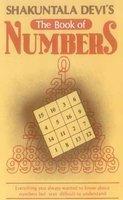
 135.0
135.0
